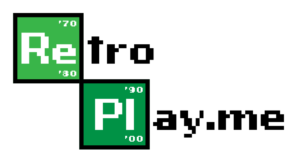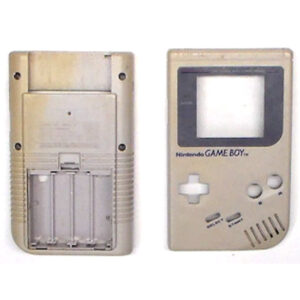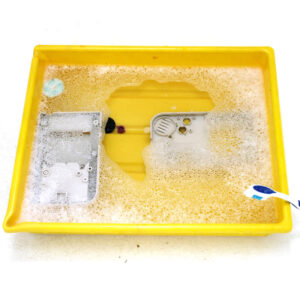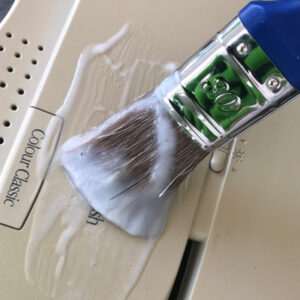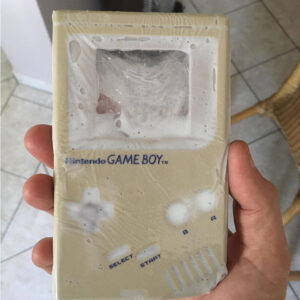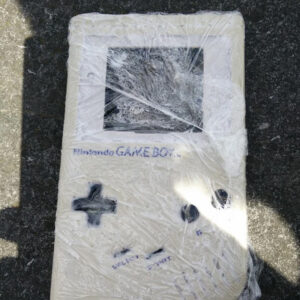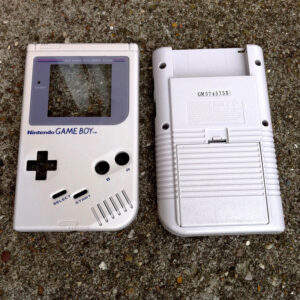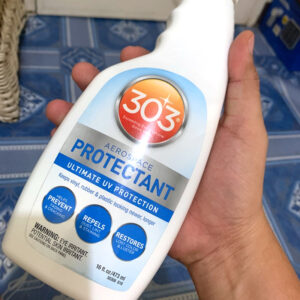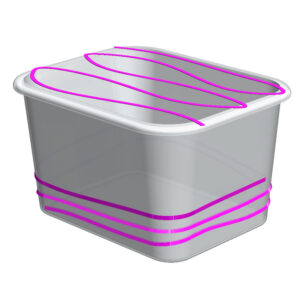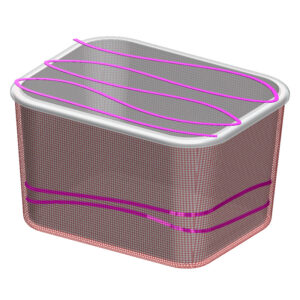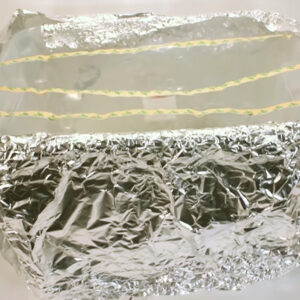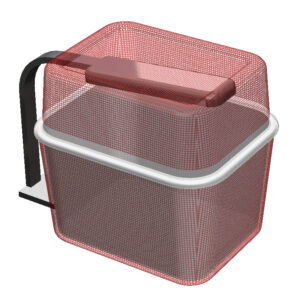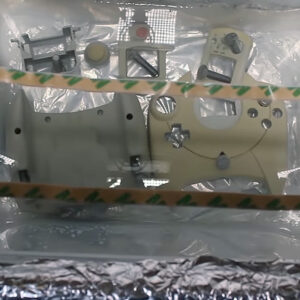Brightening tutorials
While retrobrightening is not a new discovery it certainly has been actively developed and perfected by the community over the years. We describe in details the three most common ways of performing this process and try to give you best insight in what works and what doesn’t.
Please note that by no means this is something which requires no effort. There’s no holy grail method, each one of them has its pros and cons, each requires monitoring of the process if you expect good results. If you feel that something is still not clear or if you run into problems – don’t hesitate to contact us for assistance.
CAUTION NOTE: We cannot stress enough that at all times you should protect your skin and eyes from hydrogen peroxide contact. Hydrogen peroxide is a chemical agent used in cleaning products and industry. We do not take any responsibility for any damage caused by improper use or handling of the gel.
We use a 35% solution as a base for our product. At low concentrations (3% to 5%), hydrogen peroxide is mildly irritating to the skin and mucous membranes. At a concentration of 10%, it is strongly irritating and may be corrosive!
Hydrogen peroxide is odorless and nonflammable, but it is a powerful oxidizing agent that can cause spontaneous combustion when it comes in contact with organic material!
In case of contact with clothing or skin – remove contaminated clothing while flushing exposed areas. Double-bag contaminated clothing and personal belongings.
Flush liquid-exposed skin and hair with plain water for at least 5 minutes. Wash exposed area extremely thoroughly with soap and water.
Flush exposed or irritated eyes with copious amounts of plain water or saline for at least 15 minutes. Remove contact lenses if easily removable without additional trauma to the eye.
Proceed to receive a medical attention.
For more information refer to medical management guidelines for Hydrogen Peroxide.
